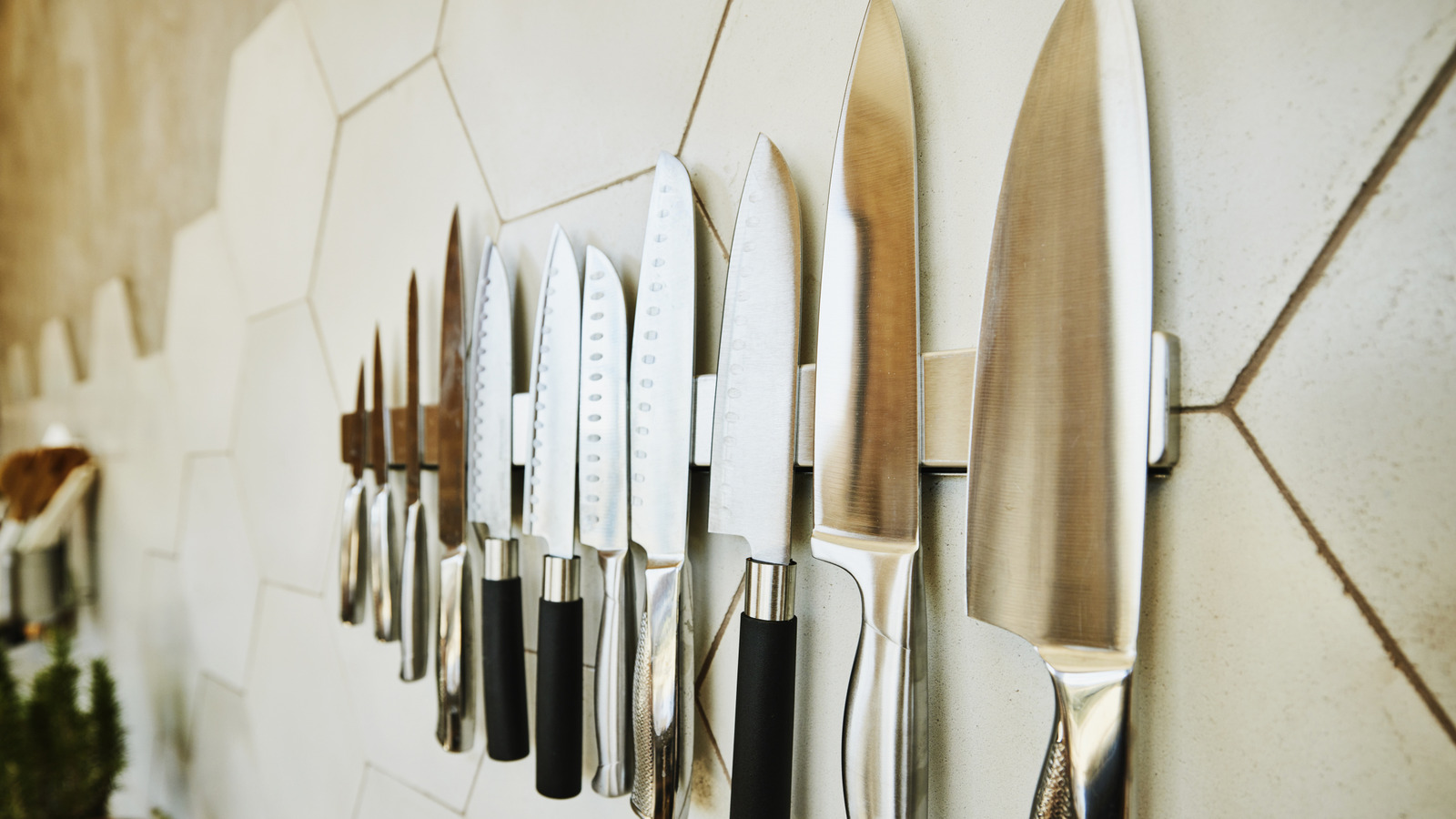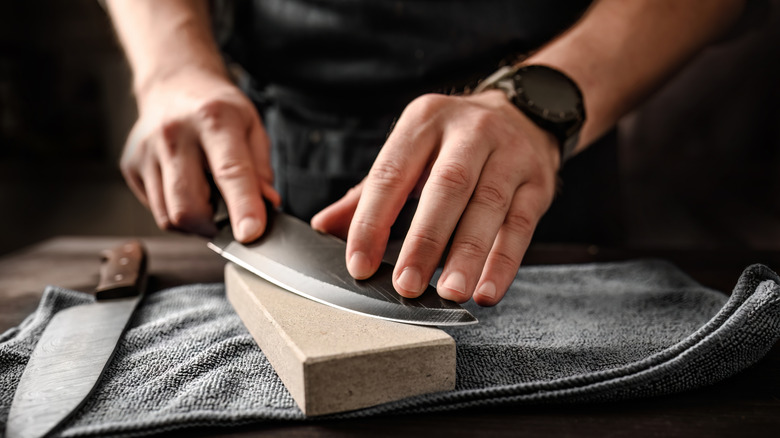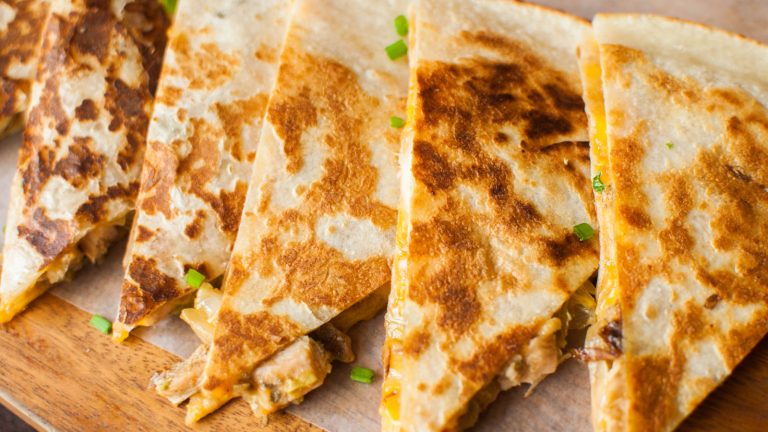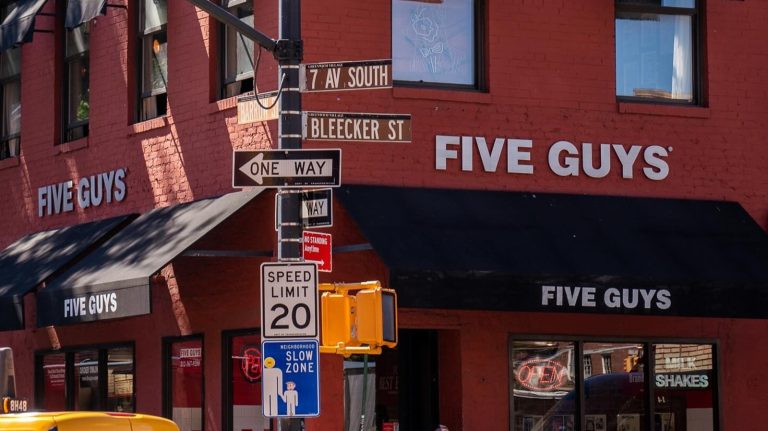There is nothing more frustrating — or dangerous – in the kitchen than a dull knife. Not only do you lose quality and consistency with your cutting, but you also run the risk of injury when using the knife improperly to get the best slice. But what happens if there’s no knife sharpener on hand? Can you use a ceramic bowl as a sharpening hack? To learn more, we spoke to Timo Horl, founder and CEO of HORL, the company that invented the original rolling knife sharpener design.
Hopefully, your intuition led you in the right direction and told you, ‘No, sharpening a knife on a ceramic bowl is a bad idea.’ As Horl said, “While ceramic is generally a great material for sharpening knives, it’s a common myth that you can use the unglazed bottom of a ceramic bowl or other kitchenware for this purpose.” Even though this may seem like a clever restaurant knife trick, it’s not only unreliable, but bad for your cutlery. “These surfaces aren’t designed for sharpening and can lead to uneven wear or even damage the knife’s edge,” explained Horl. “Plus, it’s quite difficult to maintain the proper angle using this method.” So instead of using dangerous kitchen hacks, it’s better to invest in high-quality knives that will stay sharper longer — or invest in the best type of cutting board that doesn’t dull your cutlery. However, the best solution will always be a proper knife sharpener.
Sharpening your knives safely
The truth is, you can’t cut corners when it comes to sharpening knives — pun intended. As Timo Horl said, “For a more effective and reliable sharpening process, we strongly recommend using tools specifically designed for sharpening knives.” You can try a proper whetstone, which uses grit and water to grind away the dull edge of a knife. You could also opt for an electric or handheld knife sharpener, which operates on a similar premise, but is a bit more aggressive on the knife’s metal. However, if your alternative is resorting to the bottom of a ceramic bowl, a proper handheld knife sharpener is good for last-minute or on-the-go needs.
The other best option is to get professional help. Certain retailers or knife experts will charge a fee to sharpen your knives for you; while this may cost more in the long run, you’re more likely to get a well-done end product. But, in some cases, your local grocery store may offer knife-sharpening services. It’s best to call ahead and confirm with your specific location, but the butcher or deli department may be able to help with this service. A good quality knife is a great long-term investment for those who enjoy cooking, but a proper knife sharpener is just as important. It’s probably best to explore sharpening options before relying on dangerous, product-destroying hacks.






